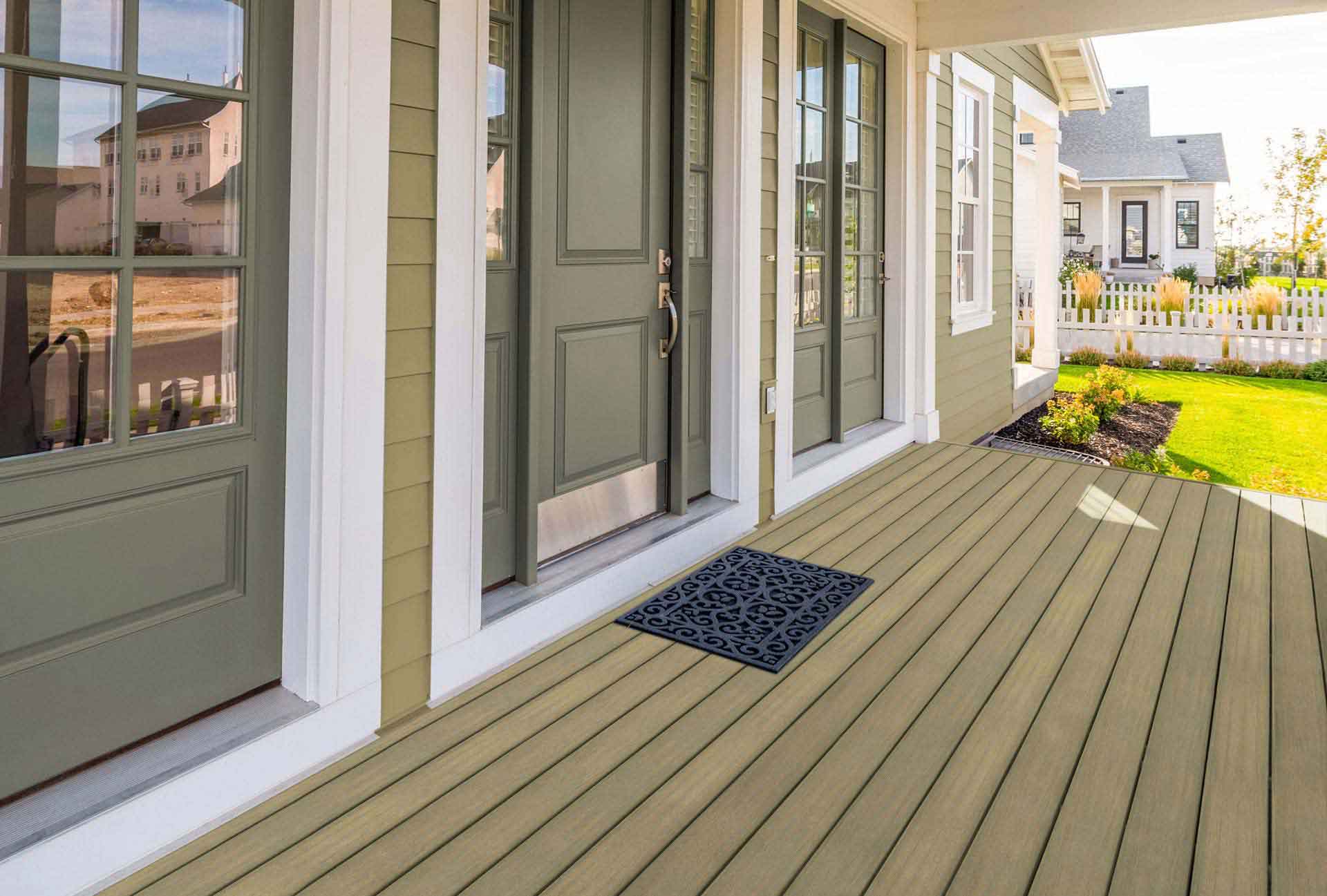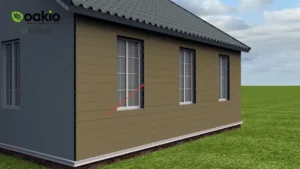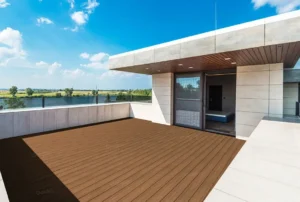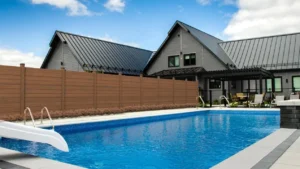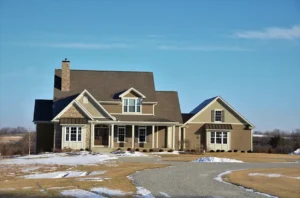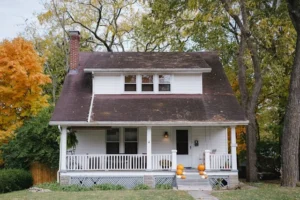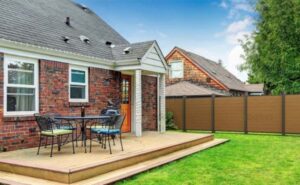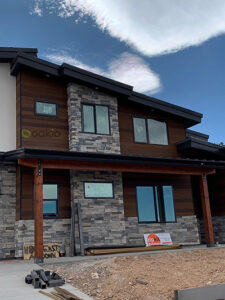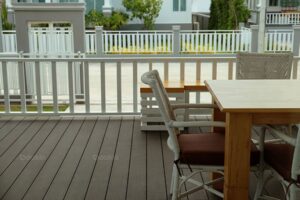Complete Guide to Pros and Cons of Composite Wood
Ever wondered about the material behind that sleek, modern deck you see in magazines or on home improvement shows? Chances are, it’s composite wood. But what exactly is composite wood, and why is it a popular choice for builders and homeowners? This guide explores the world of composite wood, including its materials, manufacturing process, applications, and how it compares to traditional wood.
Understanding Composite Wood: What Is It?
Composite wood, often referred to as engineered wood, is a man-made material composed of wood fibers combined with plastic or other organic and inorganic substances. It’s a broad term for products crafted from a blend of wood fibers and plastics, which might include various additives to enhance durability, weather resistance, and other desirable properties.
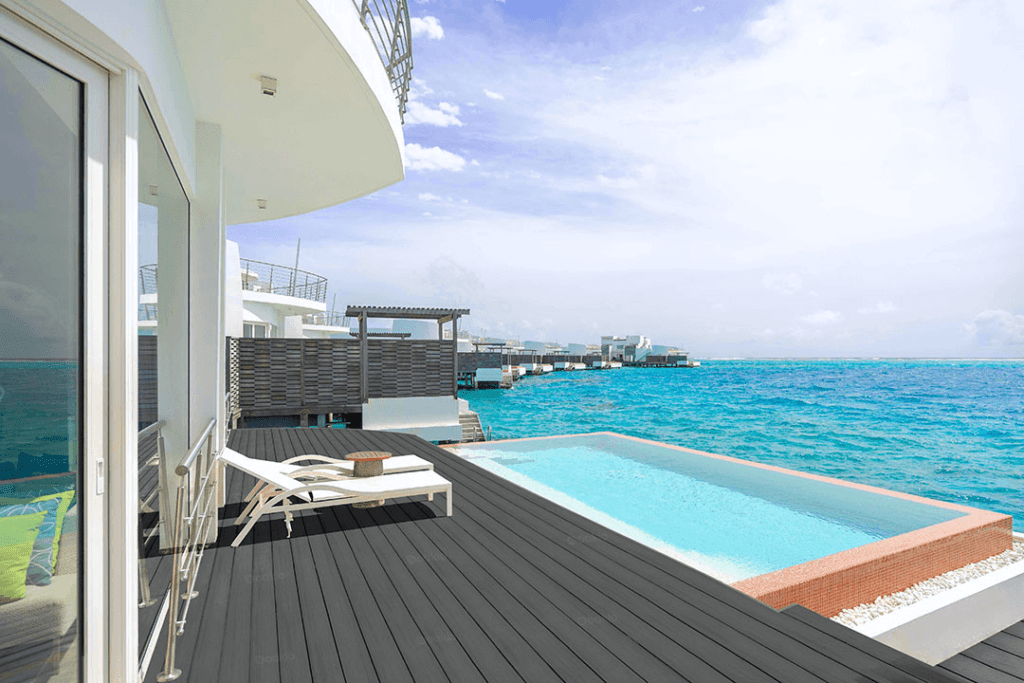
Composition of Composite Wood
The magic of composite wood lies in its composition. Typically, it’s made from a mix of wood fibers (like sawdust) and plastic (usually polyethylene, polypropylene, or PVC). This blend can also include various additives, such as colorants, UV stabilizers, and bonding agents. The result? A material that mimics the look and feel of real wood but with added strength and resilience. Think of it as a supercharged version of wood, capable of withstanding the elements while maintaining its beauty.
The Manufacturing Process of Composite Wood
Creating composite wood is a fascinating process. It begins with collecting and grinding wood fibers into fine particles. These particles are then mixed with plastic and other additives in a high-temperature, high-pressure environment. The mixture is extruded through a mold to form boards, planks, or other shapes. After cooling, the composite wood is cut to size and finished with textures and colors that resemble natural wood. This process not only produces a strong, consistent product but also allows for a variety of design options, making composite wood a favorite among designers and architects.
Common Composite Wood Products
Composite wood has found its way into numerous applications, thanks to its versatility and durability. Here are some of the most common products made from composite wood:
Decking
Perhaps the most popular use for composite wood is decking. Composite decking is renowned for its long-lasting performance and minimal maintenance. Unlike traditional wood decks that need regular staining or sealing, composite decks retain their beauty with just occasional cleaning.
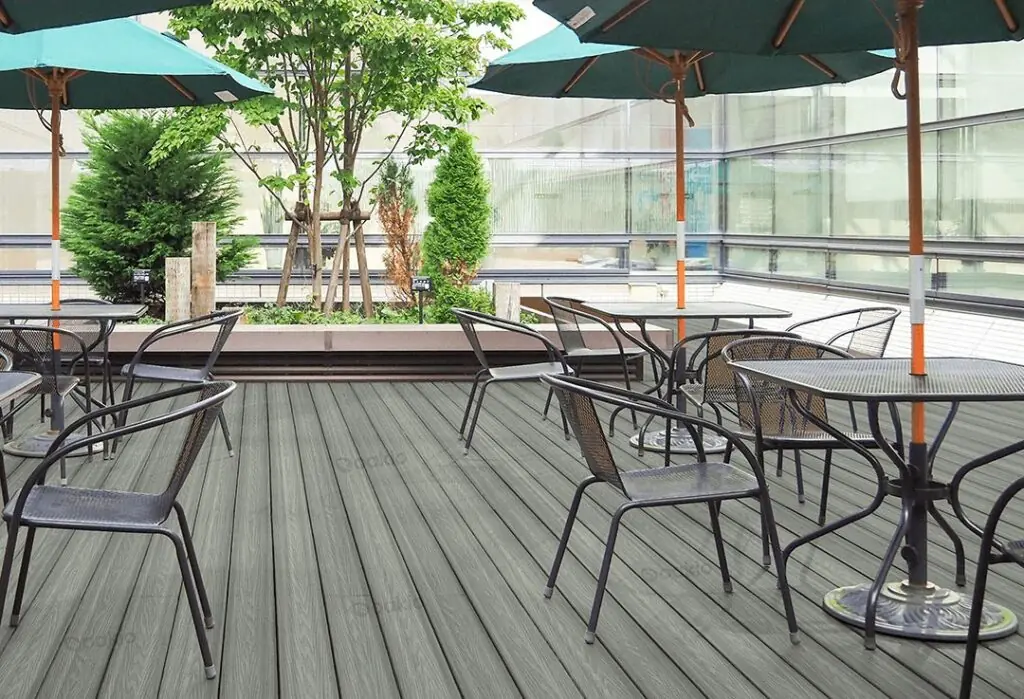
Fencing
Composite wood fencing offers a stylish and durable alternative to traditional wood fences. It resists rot, warping, and insect damage, ensuring your fence looks great for years to come.
Cladding
Exterior cladding made from composite wood provides a weather-resistant, attractive finish to buildings. It’s available in a range of colors and textures, allowing for creative design choices.
Furniture
From outdoor benches to picnic tables, composite wood furniture is both sturdy and attractive. Its resistance to moisture and pests makes it an ideal choice for outdoor settings.
Is Composite Wood Really Wood?
Composite wood contains wood fibers such as veneers, scraps, or sawdust, but it’s not pure lumber directly from a tree. Instead, it’s a mixture of wood and various other materials and additives that offer benefits beyond what natural wood can provide.
The composition typically involves wood fibers combined with plastic resins, resulting in a material that is stronger and more durable than natural wood. Additives like UV stabilizers, pigments, and fire retardants are included to enhance performance and appearance.
One of the primary benefits of composite wood is its durability. It resists rot, mold, and insect damage, making it ideal for environments with high moisture or extreme weather. Additionally, composite wood requires minimal maintenance compared to natural wood, which needs regular staining or sealing.
Many composite wood products also use recycled materials, making them an eco-friendly option. By utilizing waste wood fibers and plastics, composite wood helps reduce landfill waste.
Although composite wood is not pure wood, advancements in manufacturing have created products that closely mimic the look of natural wood, with realistic grain patterns and textures. This makes composite wood a versatile and practical choice for decking, siding, furniture, and other applications.
Composite Wood vs. Real Wood: Which Is Better?
When it comes to choosing between composite wood and real wood, there’s no one-size-fits-all answer. It depends on your priorities and the specific application. Here are some factors to consider:
Durability
Composite wood is generally more durable than real wood. It resists rot, warping, and insect damage, making it ideal for outdoor use. Real wood, on the other hand, can suffer from these issues if not properly maintained.
Maintenance
If you’re looking for low-maintenance options, composite wood is the winner. It requires minimal upkeep—just occasional cleaning. Real wood, however, needs regular staining, sealing, and sometimes even painting to maintain its appearance and protect it from the elements.
Cost
Upfront, composite wood can be more expensive than real wood. However, when you factor in the long-term maintenance costs and the lifespan of the material, composite wood often proves to be more cost-effective in the long run.
Aesthetics
This is where personal preference plays a significant role. Some people love the natural beauty and unique grain patterns of real wood. Composite wood has come a long way in mimicking these characteristics, but purists might still prefer the real deal. However, composite wood offers a wider variety of colors and finishes, allowing for more design flexibility.
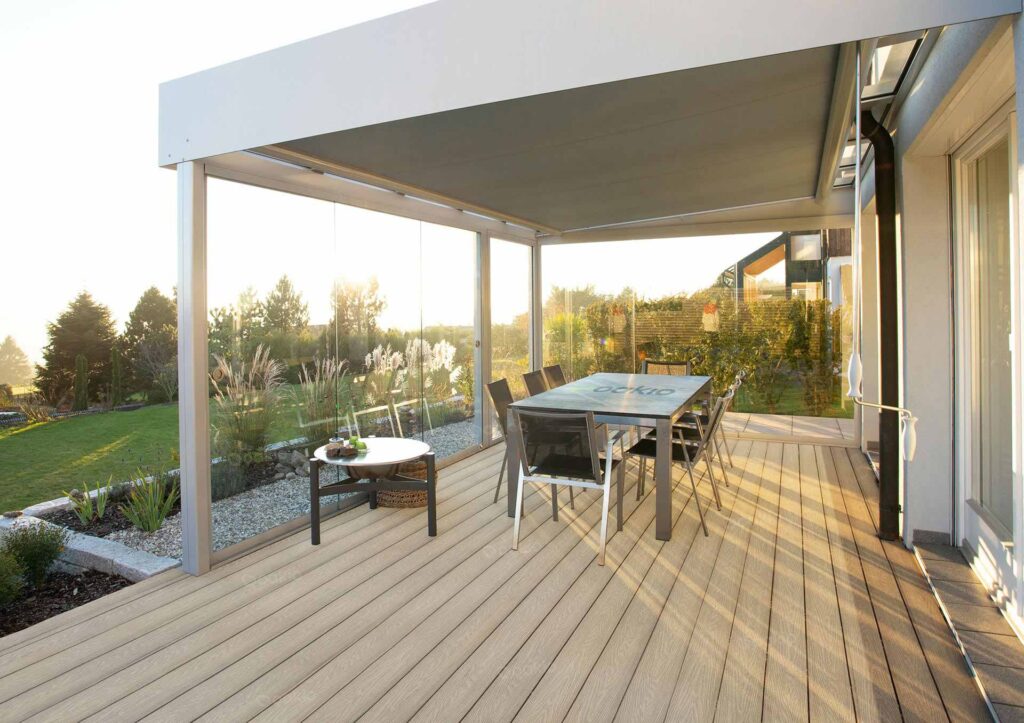
Does Composite Wood Look Artificial?
One of the common concerns about composite wood is that it might look artificial. In its early days, composite wood did have a somewhat plastic appearance. However, advancements in manufacturing technology have dramatically improved its look and feel. Today’s composite wood products often feature realistic wood grain textures and a range of natural colors that closely resemble real wood. Many people find it hard to distinguish between high-quality composite wood and actual wood, especially once it’s installed and weathered naturally.
Is Composite Decking Worth It?
If you’re considering a new deck, you might be wondering if composite decking is worth the investment. The answer depends on several factors, including your budget, maintenance preferences, and the local climate.
Pros of Composite Decking
- Low Maintenance: Say goodbye to annual staining and sealing. Composite decking requires minimal maintenance, freeing up your time for more enjoyable activities.
- Durability: Composite decks are designed to withstand the elements, resisting rot, warping, and insect damage.
- Aesthetic Appeal: With a wide variety of colors and finishes, composite decking can complement any home style.
- Eco-Friendly: Many composite decking products are made from recycled materials, making them a more sustainable choice.
Cons of Composite Decking
- Higher Initial Cost: Composite decking can be more expensive upfront compared to traditional wood.
- Temperature Sensitivity: In very hot weather, composite decks can become uncomfortably warm to the touch.
- Fading and Staining: While resistant, composite decking can still fade over time or stain if exposed to certain substances.
Is It Worth It?
Ultimately, if you value low maintenance, durability, and eco-friendliness, composite decking is a worthwhile investment. The initial cost may be higher, but the long-term savings and enjoyment often outweigh the upfront expense. Brands like Oakio offer high-quality composite wood products that are designed to last, providing an excellent return on investment. With Oakio composite wood, you get a blend of aesthetic appeal and practicality, ensuring that your deck remains beautiful and functional for years to come. Investing in Oakio composite decking means you can enjoy a stunning outdoor space without the hassle of continuous upkeep.
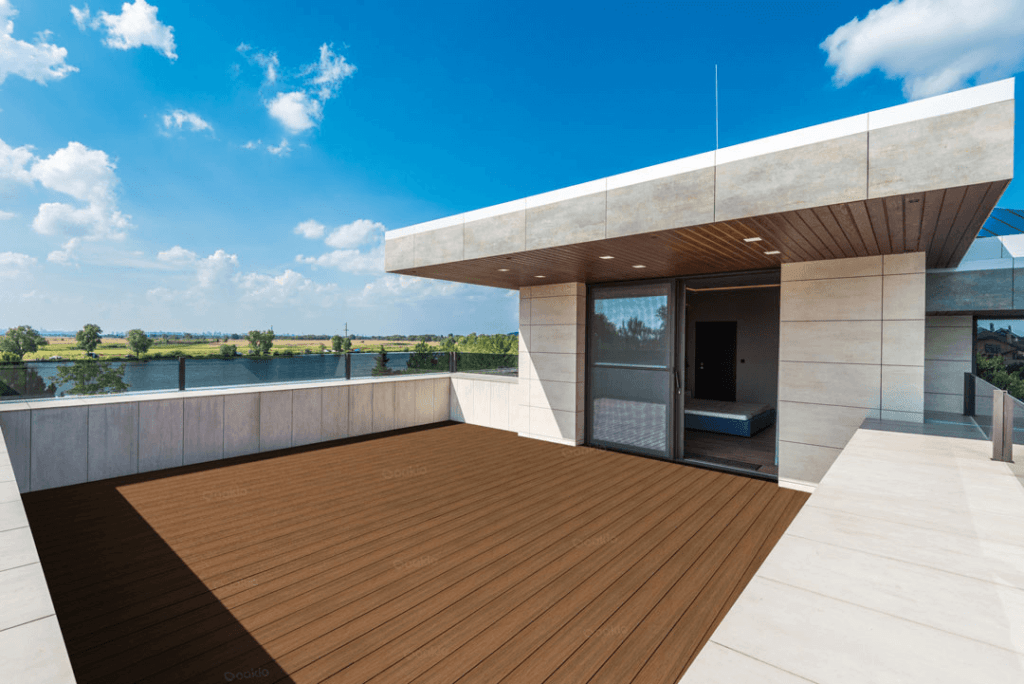
Conclusion
Composite wood represents a fusion of natural beauty and modern technology, offering a versatile and durable alternative to traditional wood. Whether you’re building a deck, fence, or furniture, composite wood provides numerous advantages, including low maintenance, durability, and aesthetic appeal.
Brands like Oakio are leading the way in producing high-quality composite wood products that cater to a variety of needs. Their commitment to sustainability and innovation ensures that you’re getting a product that’s not only good for your home but also for the environment. While composite wood may not be 100% natural wood, its benefits often make it a superior choice for many applications. The versatility in design, coupled with its resilience, makes it an ideal material for homeowners looking to upgrade their outdoor spaces. So, if you’re contemplating a new project or looking to enhance your current setup, consider composite wood from Oakio.
Trending Reading
What Are the Differences Between the WPC Board and PVC Board?
[2024 Update] How Long Does WPC Decking Last?
